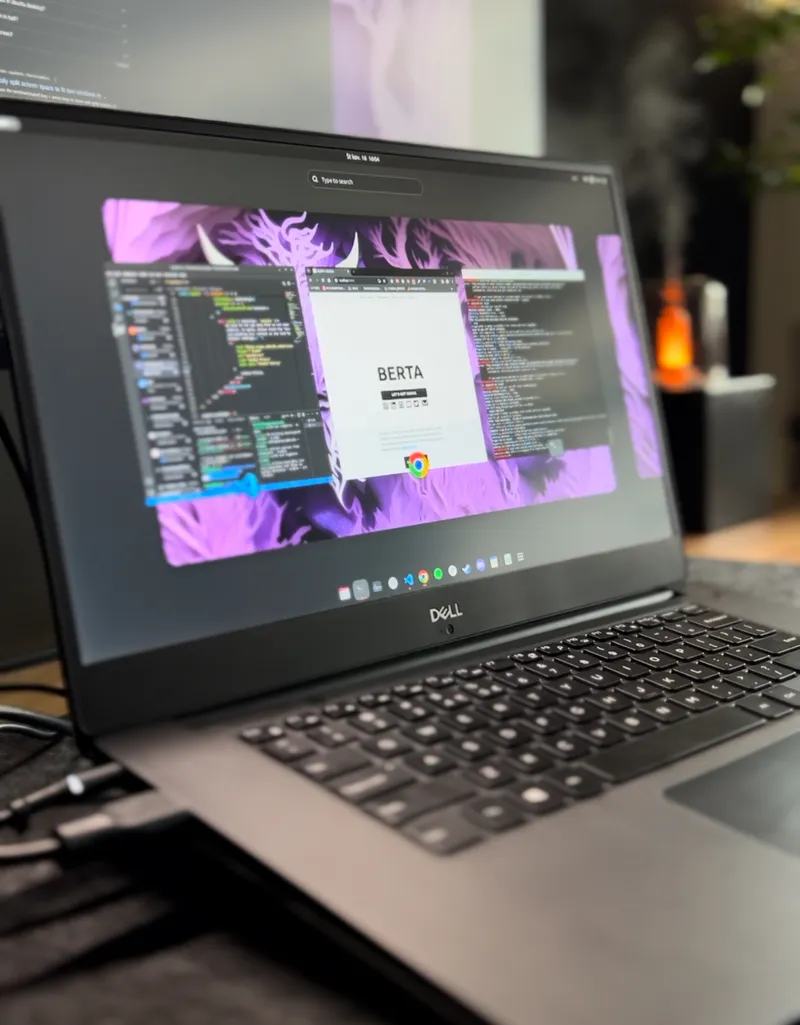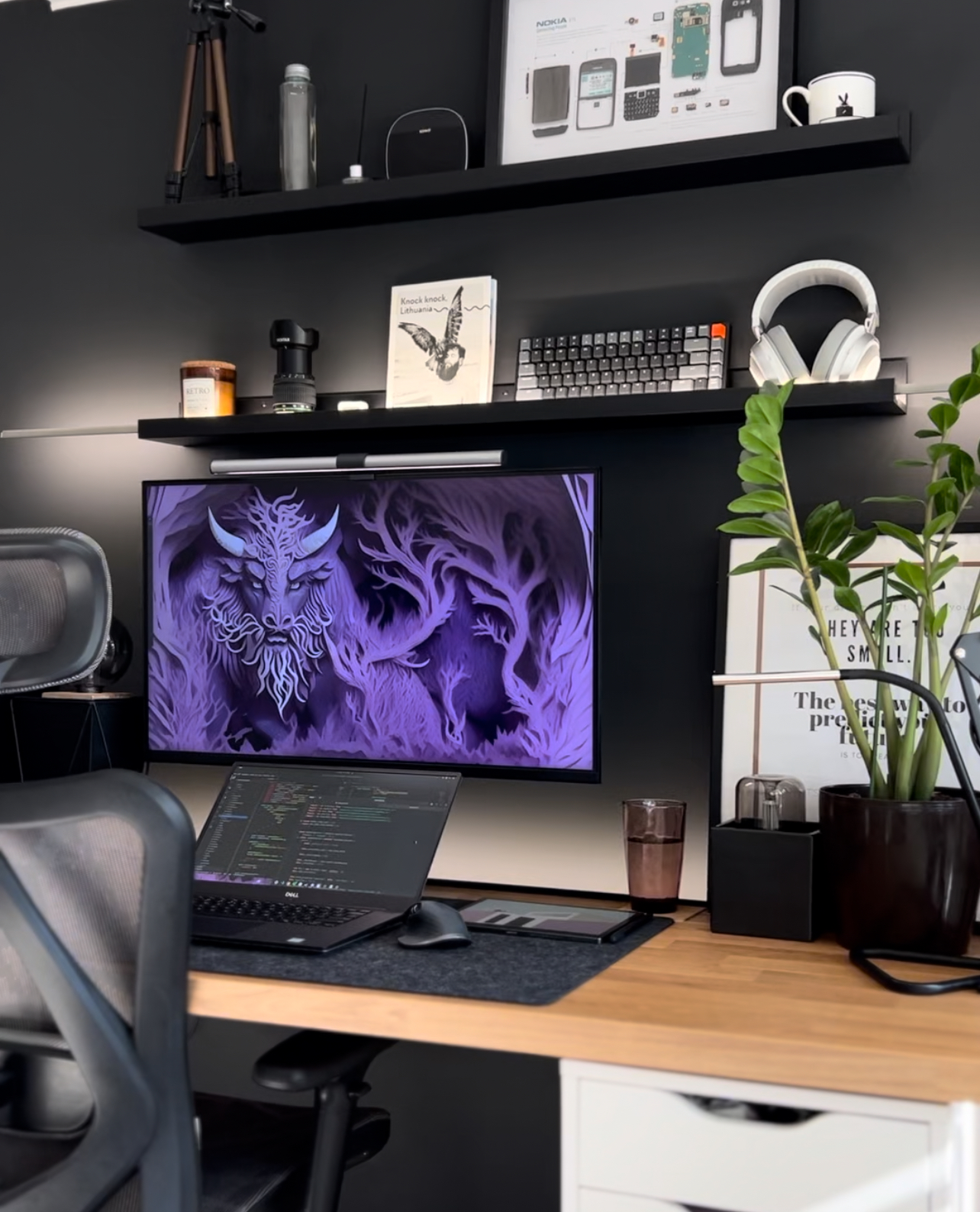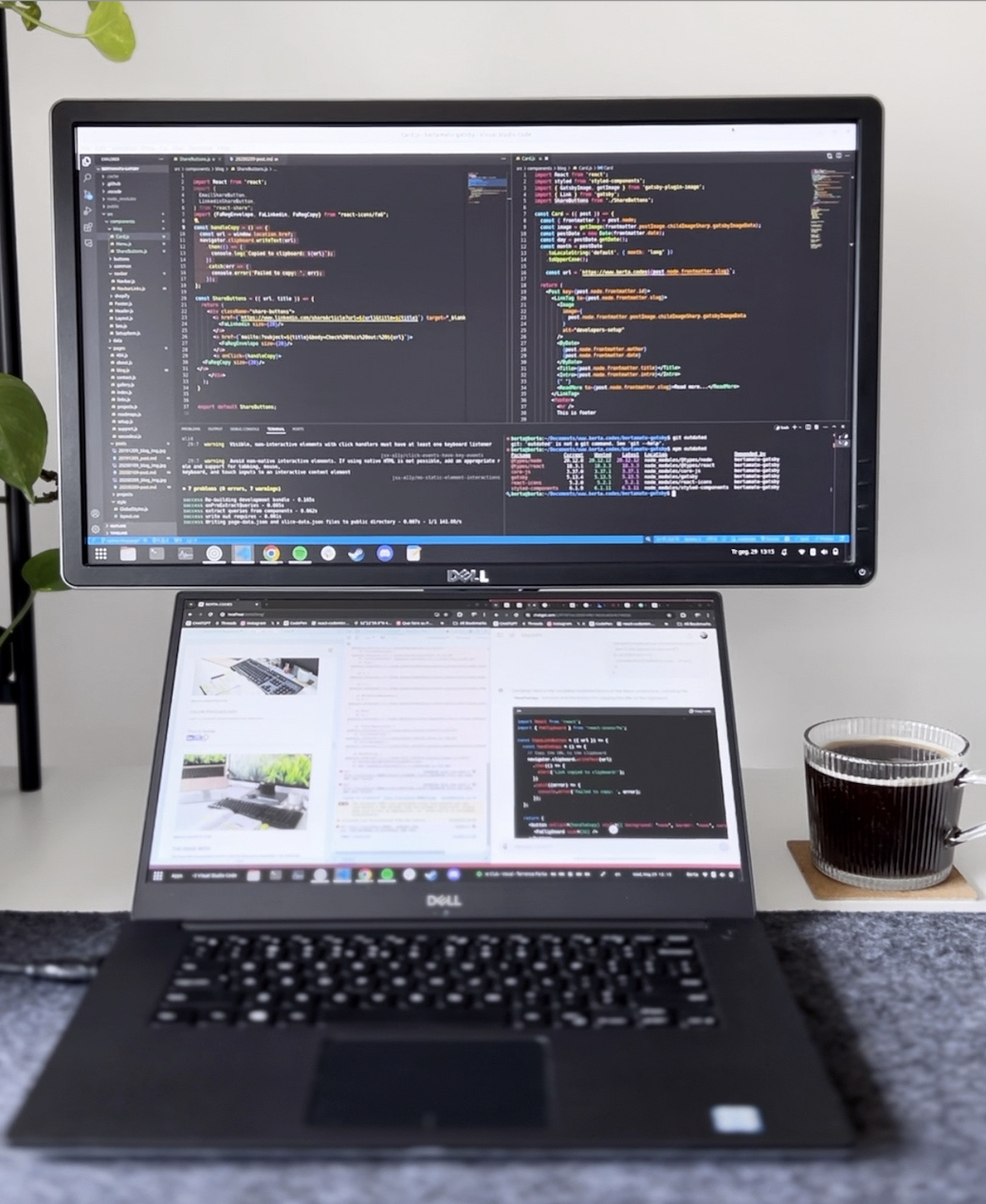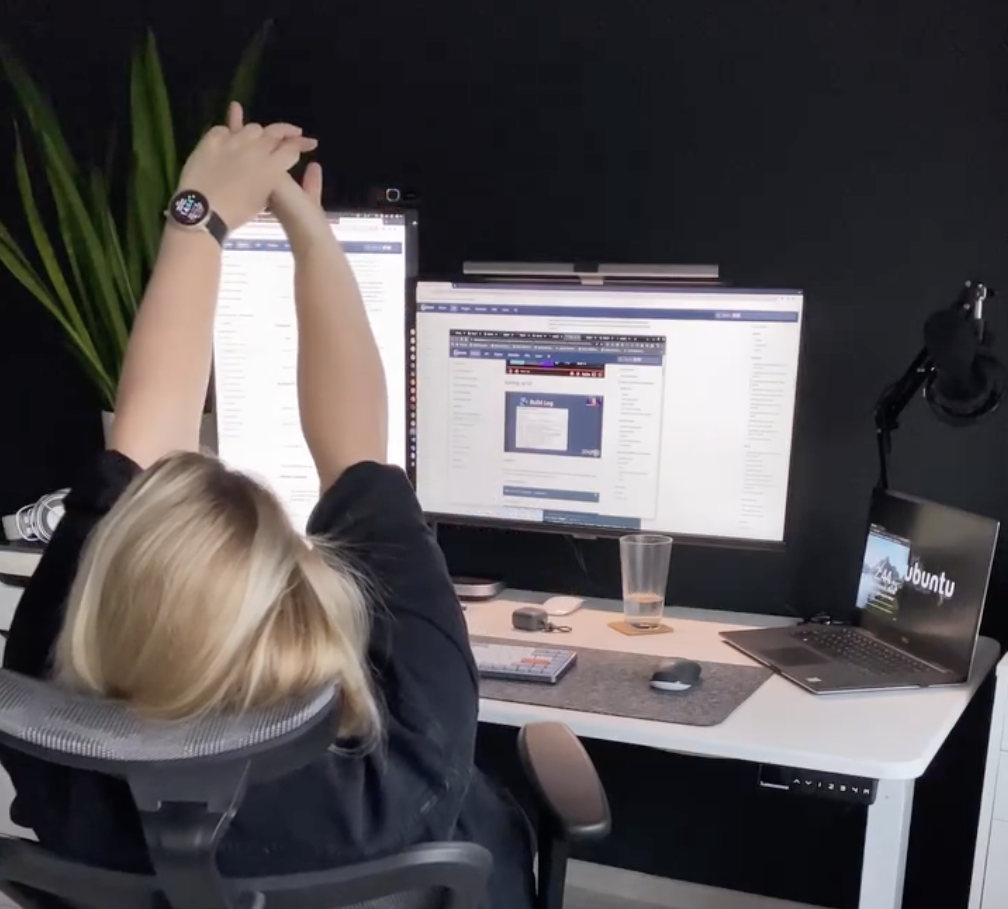Customize Ubuntu Dock
One common customization that many users like to make is adjusting the position and appearance of the Ubuntu Dock.

The Ubuntu Dock is a key element of the GNOME desktop environment that comes with Ubuntu. It provides quick access to your favorite applications and shows which apps are currently running. While the default configuration works well for many users, customizing the Ubuntu Dock can significantly improve your workflow and make your desktop more visually appealing.
In this guide, we'll explore various ways to customize the Ubuntu Dock in Ubuntu 20.04, 22.04, and newer versions using both the graphical interface and terminal commands.
Basic Ubuntu Dock Customization Using SettingsThe simplest way to customize your Ubuntu Dock is through the system Settings application. This method doesn't require any technical knowledge and is perfect for beginners.
Changing Dock PositionTo move the Ubuntu Dock from its default left position to the bottom of the screen:
Settings > Appearance > Dock > Position on screen > Bottom
This is one of the most popular customizations as many users prefer having the dock at the bottom of the screen similar to macOS or Windows.
Other Basic Settings You Can ChangeWhile in the Dock settings panel, you can also adjust:
- Auto-hide behavior - Make the dock hide automatically when not in use
- Icon size - Adjust how large the application icons appear
- Show mounted drives - Toggle visibility of mounted storage devices
- Show Applications button - Choose whether to display the Applications button
extend-height false- Makes the dock take only as much space as needed instead of extending to the full height/width of the screendock-position BOTTOM- Positions the dock at the bottom of the screentransparency-mode FIXED- Sets a consistent transparency level rather than dynamic transparencydash-max-icon-size 64- Sets the maximum icon size to 64 pixels for better visibilityunity-backlit-items true- Adds a backlight effect to the icons for a more polished look- Dash to Panel - Combines the top panel and dock into a single panel like Windows
- Dash to Dock - The standalone version of Ubuntu's built-in dock with more features
- Floating Dock - Creates a macOS-style floating dock
For more extensive customization options, you'll need to use terminal commands. The Ubuntu Dock is actually an extension called "dash-to-dock" that can be configured using the gsettings command.
Copy and paste these commands into your terminal to transform your dock with a modern, sleek appearance:
gsettings set org.gnome.shell.extensions.dash-to-dock extend-height false gsettings set org.gnome.shell.extensions.dash-to-dock dock-position BOTTOM gsettings set org.gnome.shell.extensions.dash-to-dock transparency-mode FIXED gsettings set org.gnome.shell.extensions.dash-to-dock dash-max-icon-size 64
gsettings set org.gnome.shell.extensions.dash-to-dock unity-backlit-items true
Let's break down what each command does:
Here are some additional commands you might find useful:
# Change dock background opacity (0.0 to 1.0) gsettings set org.gnome.shell.extensions.dash-to-dock background-opacity 0.7 # Enable or disable the dock autohide feature gsettings set org.gnome.shell.extensions.dash-to-dock autohide true # Change the autohide animation speed (in seconds) gsettings set org.gnome.shell.extensions.dash-to-dock animation-time 0.2 # Show dock on all monitors gsettings set org.gnome.shell.extensions.dash-to-dock multi-monitor true # Change the color of the dock gsettings set org.gnome.shell.extensions.dash-to-dock custom-background-color true
gsettings set org.gnome.shell.extensions.dash-to-dock background-color '#2c001e'
Resetting Ubuntu Dock to Default Settings #
If you want to revert all changes and return to the default Ubuntu Dock settings, run this command in your terminal:
dconf reset -f /org/gnome/shell/extensions/dash-to-dock/
After running this command, you might need to restart GNOME Shell by pressing Alt+F2, typing r, and pressing Enter, or simply logging out and back in.
Installing Dock Extensions for Even More Customization #
For even more customization options, you can install additional GNOME extensions. Here are some popular ones:
To install these extensions, first install the GNOME Extensions browser integration:
sudo apt install gnome-shell-extensions chrome-gnome-shell
Then visit extensions.gnome.org to browse and install extensions.
Troubleshooting Common Ubuntu Dock Issues #
Dock Not RespondingIf your dock becomes unresponsive, try:
killall gnome-shell
Or restart the GNOME Shell by pressing Alt+F2, typing r, and pressing Enter.
If application icons are missing from the dock:
gsettings reset org.gnome.shell.extensions.dash-to-dock show-apps-at-top
Conclusion #
Customizing the Ubuntu Dock is a great way to personalize your Ubuntu experience and improve your workflow. Whether you prefer simple tweaks through the Settings application or more advanced customization via terminal commands, there are plenty of options to make your dock work exactly how you want it.
Remember that these customizations work on Ubuntu 20.04, 22.04, and newer versions running the GNOME desktop environment. If you're using a different Ubuntu flavor like Kubuntu or Xubuntu, the process will be different as they use different desktop environments.
Enjoy!


